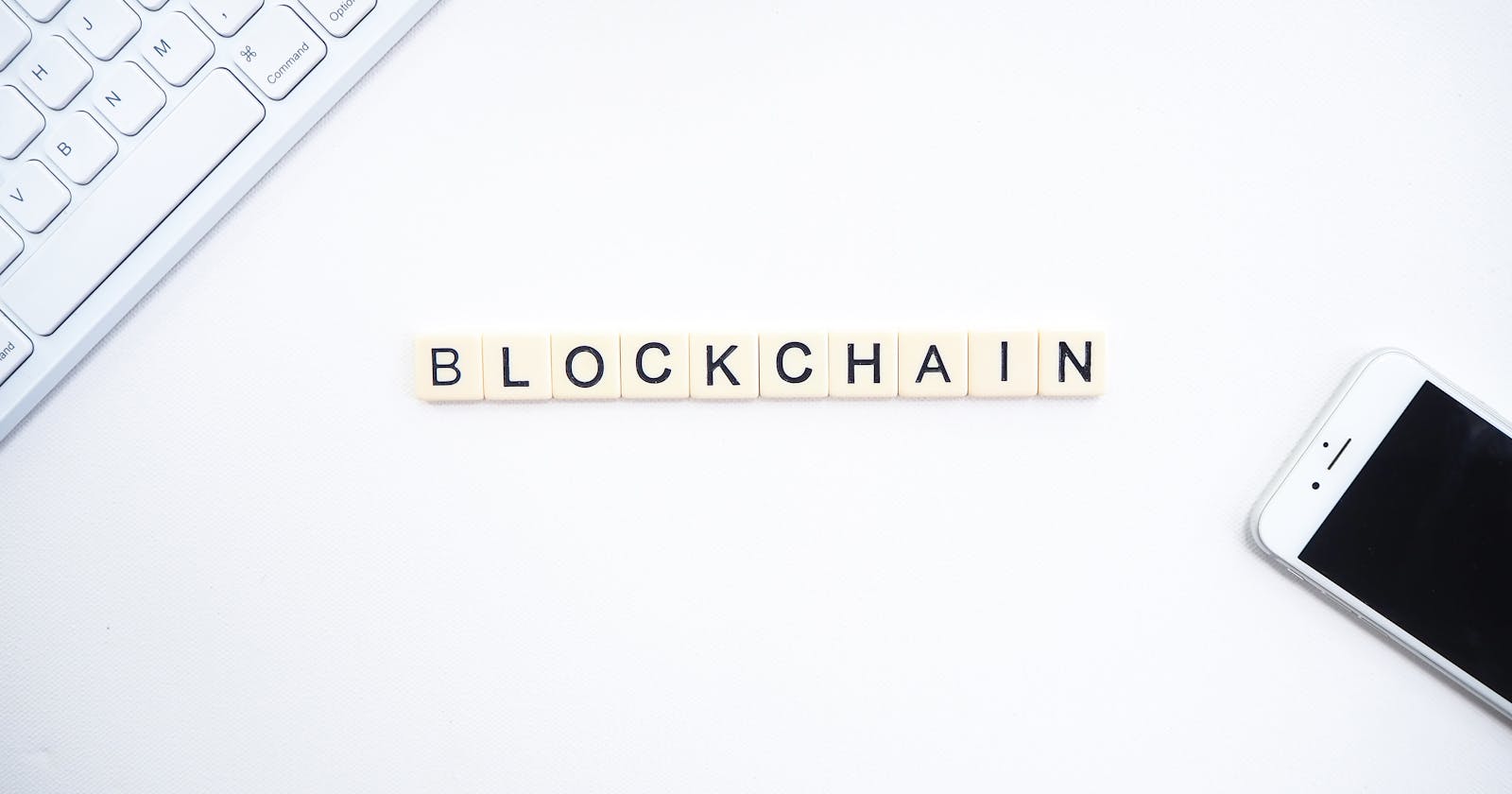Blockchain has been one of the terms that was thrown around a lot ever since early 2010s decade. As with most new shiny things, one had educate oneself to understand why there was so much hype and also where the Blockchain concept might be useful in this present moment and the future.
One thing to not confuse is that Blockchain itself and the use cases for Blockchain. Bitcoin and Ethereum ( for example ) are use cases enabled by the emergence of the Blockchain concept. Think of a Blockchain as an operating system like MacOS or Windows. Bitcoin is just an application running on that operating system. In the case of Bitcoin, the Blockchain is a meant to store and record Bitcoin transactions.
But, not everything that can record and store transactions is labelled Blockchain. A blockchain network has 4 key characteristics:
Consensus
For a transaction to be accepted and recorded on the blockchain, all the participants must agree to follow the same rules. This is the consensus. If a transaction violates one of the rules the network agreed on, the transaction will be considered invalid. The consensus allows each participant to trust the network, because they know each transaction will follow rules they ratified when the network launched.
Provenance
Participants know where the assets came from and how its ownership has changed over time. Each asset's ( whatever it is, tangible, intangible, digital ) provenance must be tracable. If we have a blockchain designed to track a vegetable's journey from the farm to a restaurant/supermarket, one should be able to know where it was harvested, by who, and when. One should be able to have the knowledge of how many middlemen were involved during the vegetable's journey. All the way to the moment when the restaurant/supermarket bought the vegetable.
Immutability
No participant can modify a transaction after it has been recorded on the ledger. Doesn't matter who, the system doesn't give anyone the authorization to perform such task. When an error occurs, a new transaction is used to reverse the error. Both transactions will be visible on the ledger. The first transaction, considered to be an error, will always be visible once it is recorded.
Finality
In a blockchain network, there is only one source of truth. There is only one ledger for the whole network. To know who owns what, or to view/review a certain transaction, that can only be found on the ledger.
